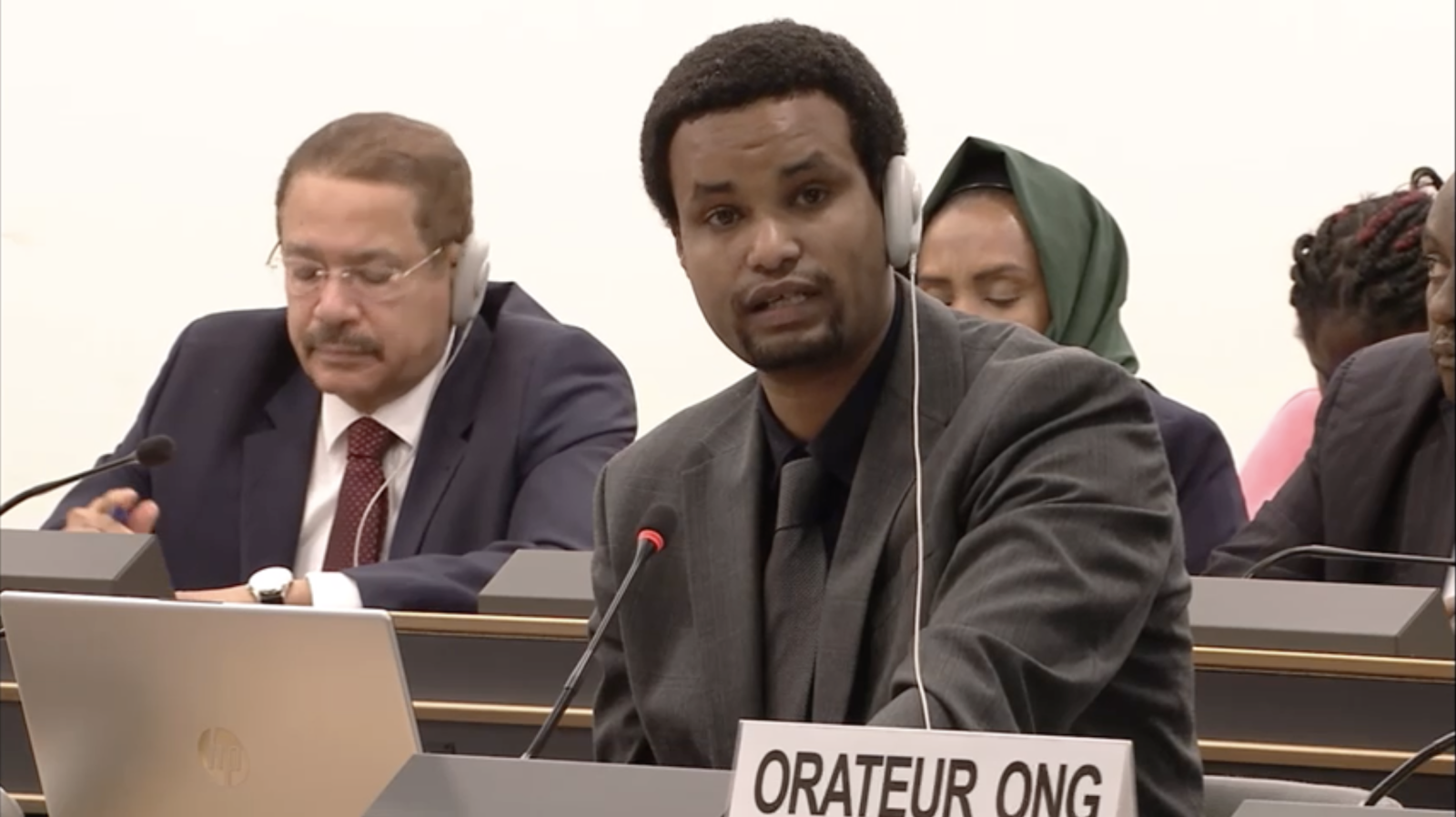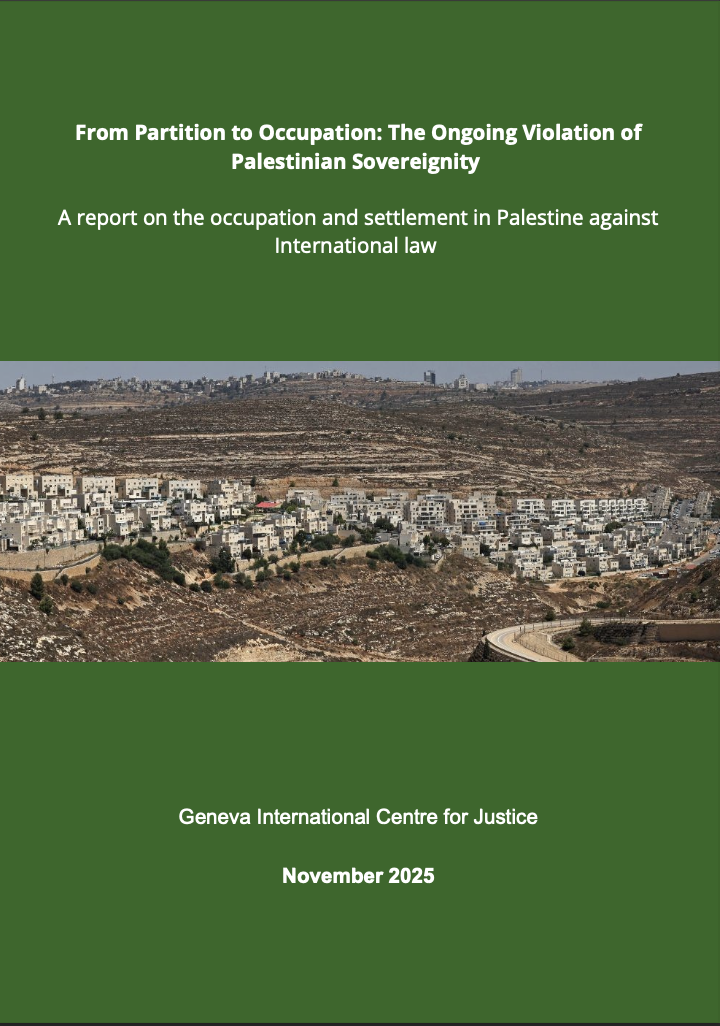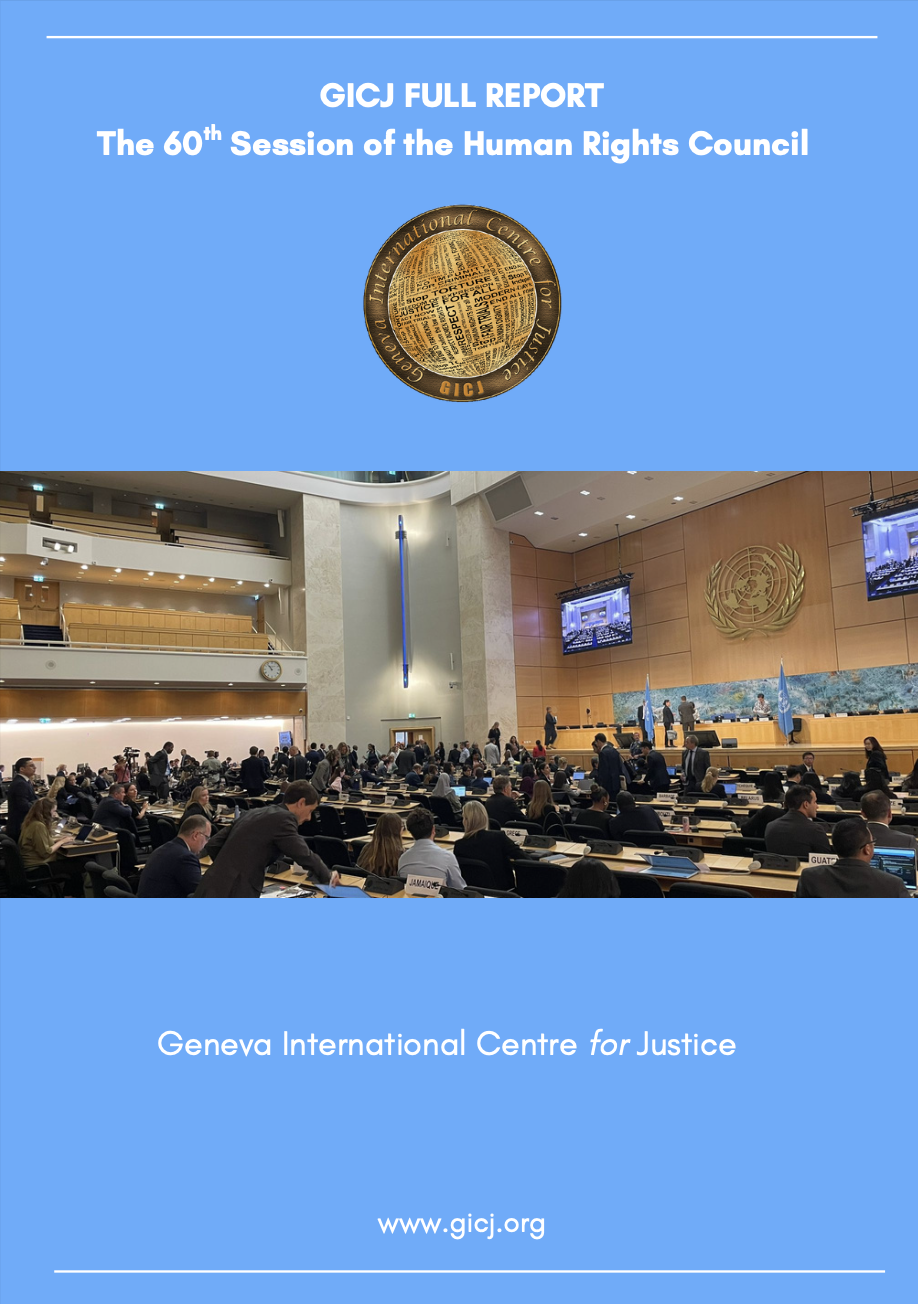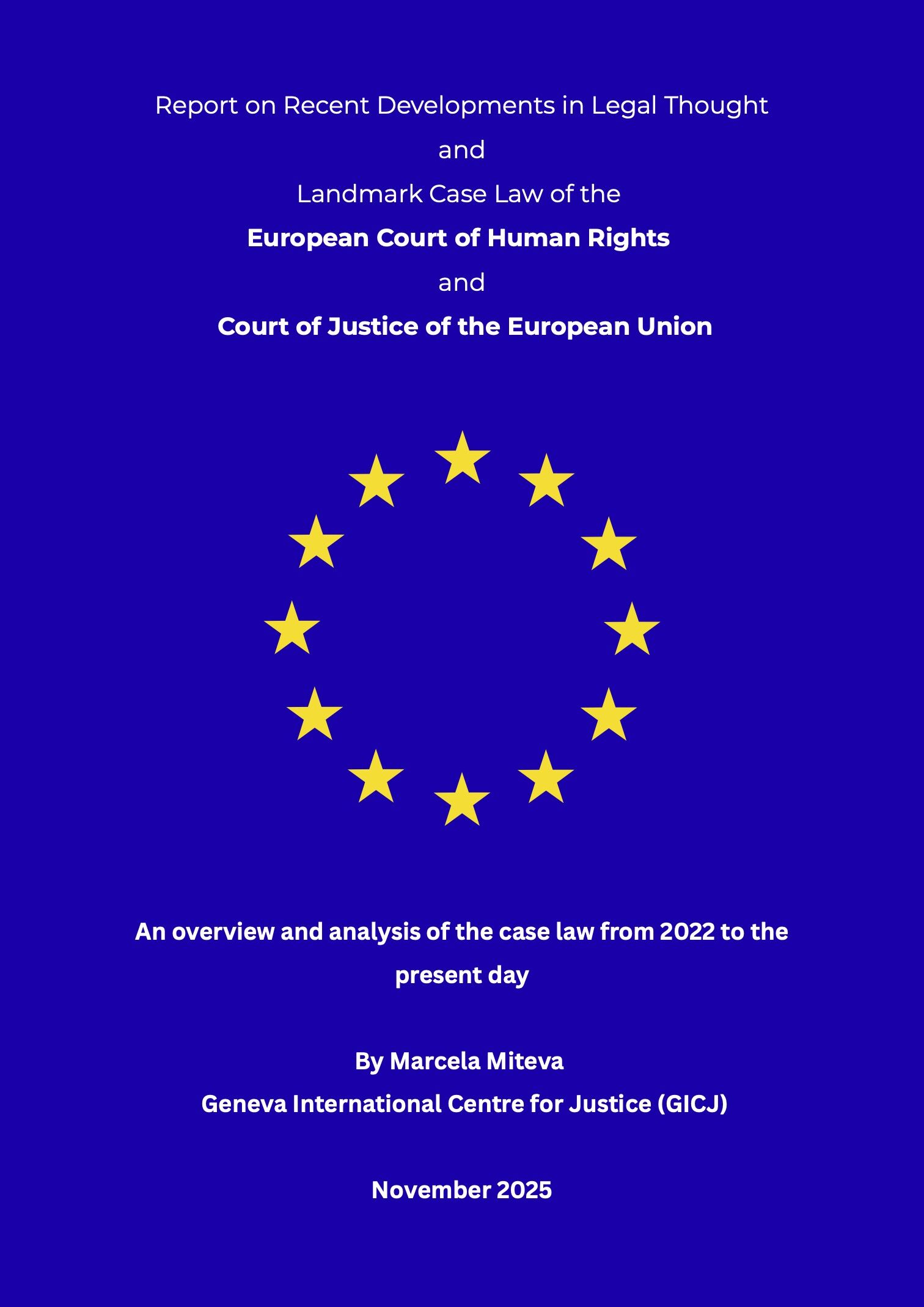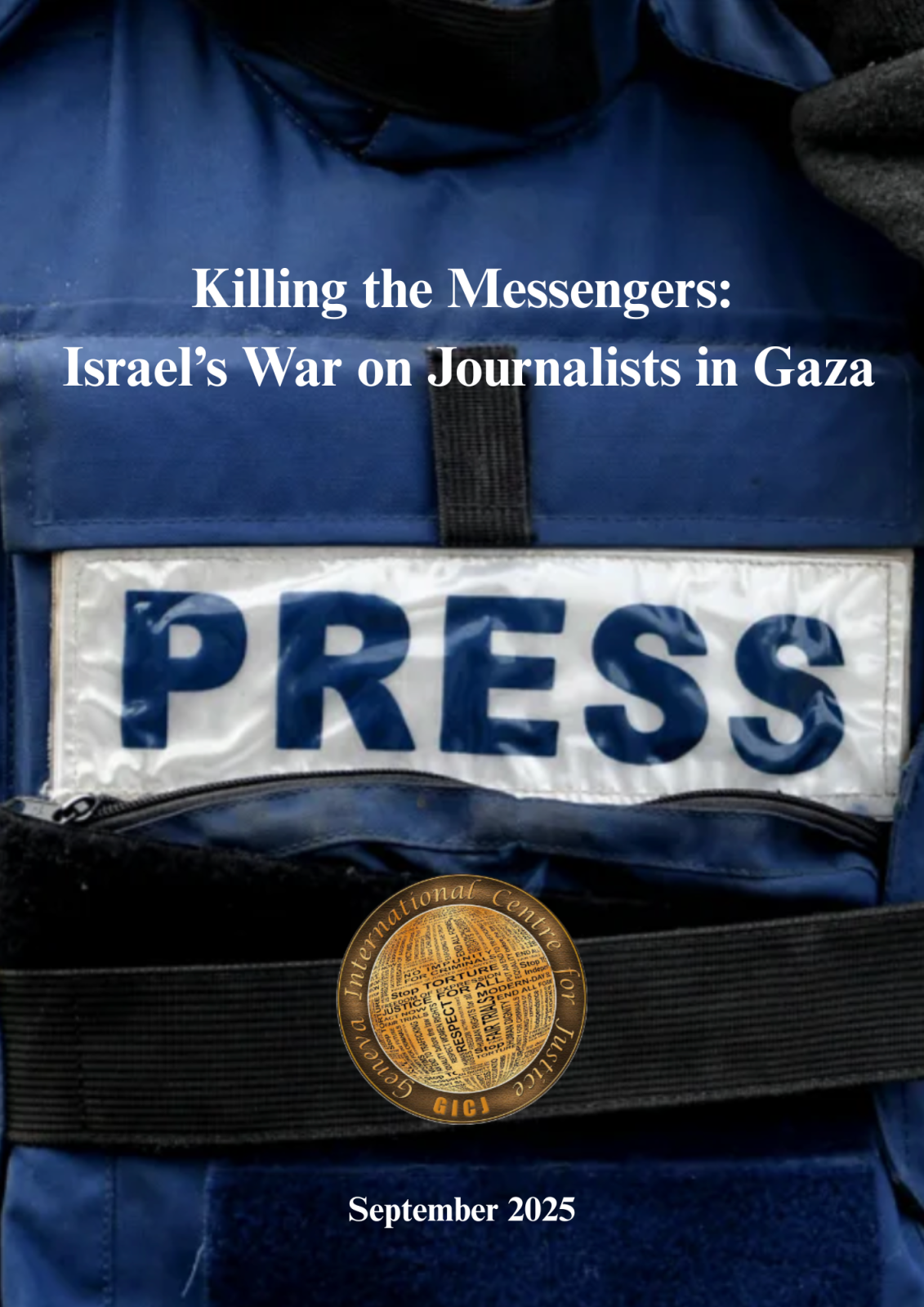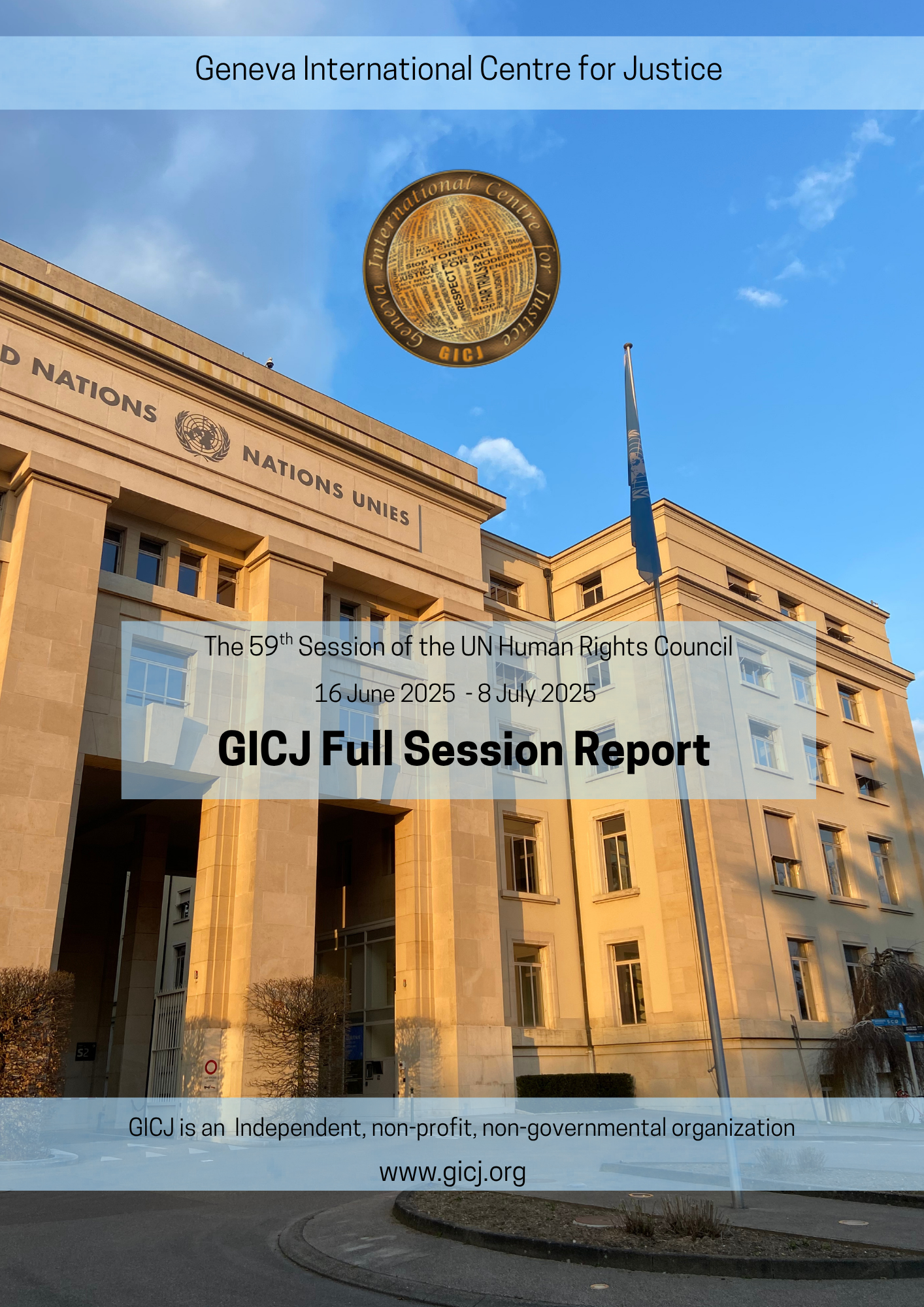
By Elena Pivanti
Every year, on the 16th of October, World Food Day is celebrated around the world, to help raise awareness on issues concerning hunger, poverty and malnutrition, and to strengthen the political will to take action and tackle these issues.
World Food Day was celebrated for the first time in 1981, year in which it was established by one of the specialized agencies of the UN, the Food and Agriculture Organization (FAO).
This Day was set up by FAO’s Member Countries with Resolution 1/79, adopted during it’s 20th General Conference in November 1979.
The fact that it is celebrated on the 16th of October marks the anniversary of the foundation of FAO itself, back in 1945. FAO was indeed founded on the belief that “the goal of freedom from want of food, suitable and adequate for the health and strength of all people, can be achieved”. That is why this organization’s stated mandate is to support States in their efforts to ensure that everyone has regular access to enough high-quality food.
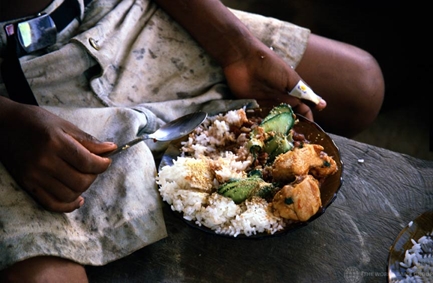
Statistics state that one out of every nine people suffer from malnutrition and are undernourished; the vast majority of them has been recognized as living in developing or undeveloped countries. 805 million people worldwide live with chronic hunger, and 60% of women, as well as 5 million children under the age of five, die of malnutrition and other related causes every day. Extreme hunger and malnutrition unavoidably create a barrier to sustainable development, since they result in individuals being less productive and more prone to diseases, thus unable to earn more and improve their livelihoods.
There is a general misconception that hunger derives from there being too many people and not enough food. On the contrary, our planet produces enough resources to sustain everyone; the main issue lies in the inequality in access to these resources. Moreover, poor harvesting practices, along with food wastage, have contributed to food scarcity. It is estimated that approximately 1/3 of all food produced worldwide is wasted, especially in the industrialized countries. Furthermore, the ongoing wars and conflicts in many countries have played a decisive role in the destruction of the environment, and have had a negative impact on the availability of food in many areas.
For this reason, the right to nutrition aims at protecting a primary human need, that of being able to sustain ourselves with dignity, by producing or obtaining our own sources of sustenance. To this purpose, the UN Committee on Economic, Social and Cultural Rights, in the General Comment No.12 on the Right to Adequate Food, stated that:
“The right to adequate food is realized when every man, woman and child, alone or in community with others, have physical and economic access at all times to adequate food or means for its procurement”.
Starting from the aftermath of the Second World War, the right to nutrition was set forth in several international legal instruments, mainly the 1948 Universal Declaration of Human Rights and the 1966 International Covenant on Economic, Social and Cultural Rights.
The former declaration, in Article 25, paragraph 1, states that “Everyone has the right to a standard of living adequate for the health and well-being of himself and of his family, including food, clothing, housing and medical care […]”. Instead, the latter convention, in Article 11, paragraph 1, states that “The State Parties to the present Covenant recognize the right of everyone to an adequate standard of living for himself and his family, including adequate food, clothing and housing […]”.
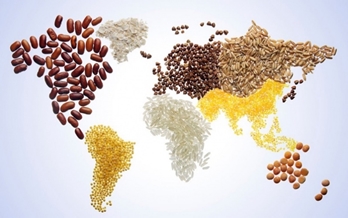 Despite the fact that the right to nutrition is legally guaranteed, many countries have rarely experienced a de facto protection. That is why World Food Day was established with Resolution 1/79, not only to raise awareness, but also to encourage greater cooperation in the field of agricultural production in all countries, especially on part of Governments. Coherently with the first of the eight objectives of the Millennium Development Goals, established by the UN in 2000 for the year 2015, the complete eradication of world hunger and extreme poverty is the main fulcrum around which the initiatives of every World Food Day revolve.
Despite the fact that the right to nutrition is legally guaranteed, many countries have rarely experienced a de facto protection. That is why World Food Day was established with Resolution 1/79, not only to raise awareness, but also to encourage greater cooperation in the field of agricultural production in all countries, especially on part of Governments. Coherently with the first of the eight objectives of the Millennium Development Goals, established by the UN in 2000 for the year 2015, the complete eradication of world hunger and extreme poverty is the main fulcrum around which the initiatives of every World Food Day revolve.
The goal “zero hunger” is also enshrined in the 2030 Sustainable Development Goals (SDGs); SDGs are a set of 17 global goals which were adopted by the UN General Assembly in 2015, through a process which involved both Member States and civil society. These goals cover a wide range of issues, to be tackled within 2030.
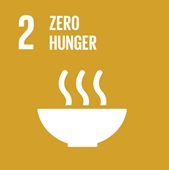 Zero hunger is represented in Goal No. 2, and aims at ending hunger, achieving food security, improving nutrition and promoting sustainable agriculture. The main targets to reach this goal are to increase the agricultural productivity and the incomes of small-scale food producers, in particular of women and indigenous people. It is also important to create food production systems that help maintain ecosystems, and that have the capacity to adapt to climate change, extreme weather, drought or other disasters. This can be done through the development of technology and rural infrastructure, brought on by investments coming from States. Finally, zero hunger can be achieved by maintaining the genetic diversity of seeds, cultivated plants and farmed animals.
Zero hunger is represented in Goal No. 2, and aims at ending hunger, achieving food security, improving nutrition and promoting sustainable agriculture. The main targets to reach this goal are to increase the agricultural productivity and the incomes of small-scale food producers, in particular of women and indigenous people. It is also important to create food production systems that help maintain ecosystems, and that have the capacity to adapt to climate change, extreme weather, drought or other disasters. This can be done through the development of technology and rural infrastructure, brought on by investments coming from States. Finally, zero hunger can be achieved by maintaining the genetic diversity of seeds, cultivated plants and farmed animals.
Since 1981, the primary objective of World Food Day has greatly evolved, in accordance with the outbreak of new issues and problems worldwide. On one hand, the number of people who suffer hunger has certainly diminished during the last decades; on the other hand, however, pollution has increasingly menaced the environment and the agriculture. Farmers and fisherman around the world are struggling to cope with increasing temperatures and weather-related disasters. Thus, other transverse issues have been added to the problem of the elimination of world hunger, such as, for example, food security and the sustainability of nutrition systems. These issues are connected to the safeguard of the environment and of citizen’s health; Governments, non-governmental organizations and intergovernmental institutions have to work together to tackle these emerging challenges.
To this end, FAO has estimated that an additional $267 billion dollars per year are needed to be able to end world hunger by 2030. Investments have to be made in rural and urban areas, as well as in social protection.
Since 1981, World Food Day has adopted a different theme each year, to raise awareness and to focus on certain specific areas where action is needed. This way, the most urgent areas of concern are highlighted every time. Most of the themes during the years have revolved around agriculture, since it represents the source of most food items that are consumed around the world.
This year’s theme is “Change the future of migration. Invest in food security and rural development”.
The impact that migration is having on our world is intimately linked to fighting hunger and achieving food security, reducing rural poverty and promoting the sustainable use of natural resources.
Today, due the ongoing conflicts, civil wars and political instabilities, more and more people are being forced to flee their homes. Hunger and poverty are also factors which are contributing to the migration flows; almost three-quarters of the extreme poor base their livelihoods on agriculture or other rural activities. The international community should invest in rural development, to lay the ground for a long-term recovery and inclusive and sustainable growth amongst migrants.
These flows are presenting challenges not only in Europe, but globally. Refugees are moving from one country to another, and the number of internally displaced people is rising quickly, creating tensions in areas where food resources are already scarce.
Recent reports from FAO show that in 2015, there were 244 million international migrants, which is 40% more than how many there were in 2000. Furthermore, statistics show that there are more internal migrants, who move within national borders, rather than international migrants. Most migrants, whether international or internal, come from the Middle East or from North Africa, or from Central Asia and Latin America. It appears that one quarter of global refugees reside in only three countries, Turkey, Lebanon and Pakistan. A large part of these migrants come from rural areas, where the majority of people depend on agriculture and on natural resources to survive.
The conflicts that are taking place worldwide, and the consequential political instability, are causing the displacement of more and more people, and fluxes of migrants have been invading Europe and other regions. Climate change has also been a contributing factor to the migration challenge. The movement of such great amounts of people is causing problems that require both global action and international cooperation to be tackled. Tensions rise especially when migrants move to developing countries, where resources are already scarce.
For these reasons, international cooperation should be aimed at addressing the large movements of people, and to create the conditions to allow communities to live in peace and prosperity in their homelands.
World Food Day is celebrated differently in different parts of the world, and is subjected to various interpretations.
In India, World Food Day is now also considered as Good Engineer’s Day; this day marks the significance of agriculture, and emphasizes on the fact that everything that is produced and consumed by Indians is extremely healthy and safe.
In the United States, the event is sponsored and supported by 450 national, private voluntary organizations, since 1981. These organizations set up various events, such as World Food Sunday Dinners, sponsored by Oxfam America.
Also Australia celebrates World Food day, to help needy people in fighting hunger. Oxfam Australia, which is an affiliate of Oxfam International, is non-profit organization which develops project to respond to emergencies, and improve the lives of people who combat hunger and poverty.
In Italy, ministries, universities, research agencies, international agencies and NGO’s set-up conferences every year, as well as exhibitions to raise awareness throughout the country. For example, in 2005, the Ministry of Agriculture and Forestry Policies organized a meeting which focused on women’s rights in rural areas.
In the UK, a charity organization called FairShare works to raise awareness on the importance of saving food and eliminating food wastage, by preserving surplus food of good quality and sending it to over 2000 different charities and communities all over the United Kingdom.
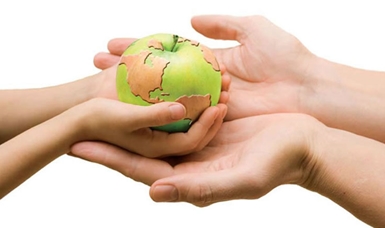
Malnutrition and hunger are currently two major challenges that both developing and non-developing countries are facing. Despite all of the active measures that have been taken throughout the years, with World Food Day being one of them, there are still billions of people around the world who are suffering famine. Agriculture is a sector which is often starved of investment, even though it represents on of the major driving forces in the economies of several developing countries. It is imperative to solve this problem as soon as possible, since the growth of the economy also depends on the health of people.
FAO is working with Governments, other UN agencies, private sector, civil society and local communities to improve country’s capacity to address the migration issue, and develop policies to tackle the issues of poverty and malnutrition. Undoubtedly, the majority of changes can be made by Governments and businesses, which are the only ones who can make substantial investments; however, the importance of the actions of single individuals must also not be underestimated, such as avoiding food wastage and giving contributions to charities working in this field.
However, to actually implement effective changes, rural development is necessary; Governments have to work to create new business opportunities and jobs for young people, especially jobs which are not only crop-based. According to FAO, such a development could lead to an increase in food security, in more resilient livelihoods, less conflict over natural resources, and finally solutions to environmental degradation and climate change. World Food Day is the most appropriate platform for making people aware of the food crisis our world is suffering.
GICJ’s Position and Recommendations
On World Food Day, GICJ calls on all Governments, international organizations, non-governmental organizations and civil society to work together to reach the zero hunger goal. Cooperation is the key to combating world hunger and poverty, and helping those in need in countries were famine is still a daily issue.
In developing and non-developed countries, women and children are suffering from hunger and malnutrition every day. This affects entire communities, both on the social and economic level. Thus, GICJ pushes the international community to cooperate with each other to ensure that food supplies are equally distributed around the globe, and that before the next decade our society can put an end to famine and hunger.
Bibliography
-V. Major trends and policies in food and agriculture, Report of the Conference of FAO- 20th Session, FAO Corporate Document Repository
-http://www.fao.org/docrep/meeting/010/j6285e/j6285e03.htm
-http://www.refworld.org/docid/4538838c11.html, General Comment No.12: the Right to Adequate Food (Art.11 of the Covenant), written by ECOSOC, published by CESCR
-http://www.fao.org/world-food-day/2017/theme/en/
-https://www.oxfamamerica.org/take-action/events/world-food-day/
-http://www.greeningtheblue.org/event/world-food-day
-http://www.un.org/sustainabledevelopment/wp-content/uploads/2016/08/2_Why-it-Matters_ZeroHunger_2p.pdf
International Days of Remembrance articles by GICJ:
|
|
|
|
|
|
|
|||||
| Rural Women's Day | Day Against Death Penalty | Day of Peace | Literacy Day | Victims of Enforced Disappearances | Remembrance of Slave Trade and its Abolition |




